LED Light Lifespan: How Long Do They Really Last?
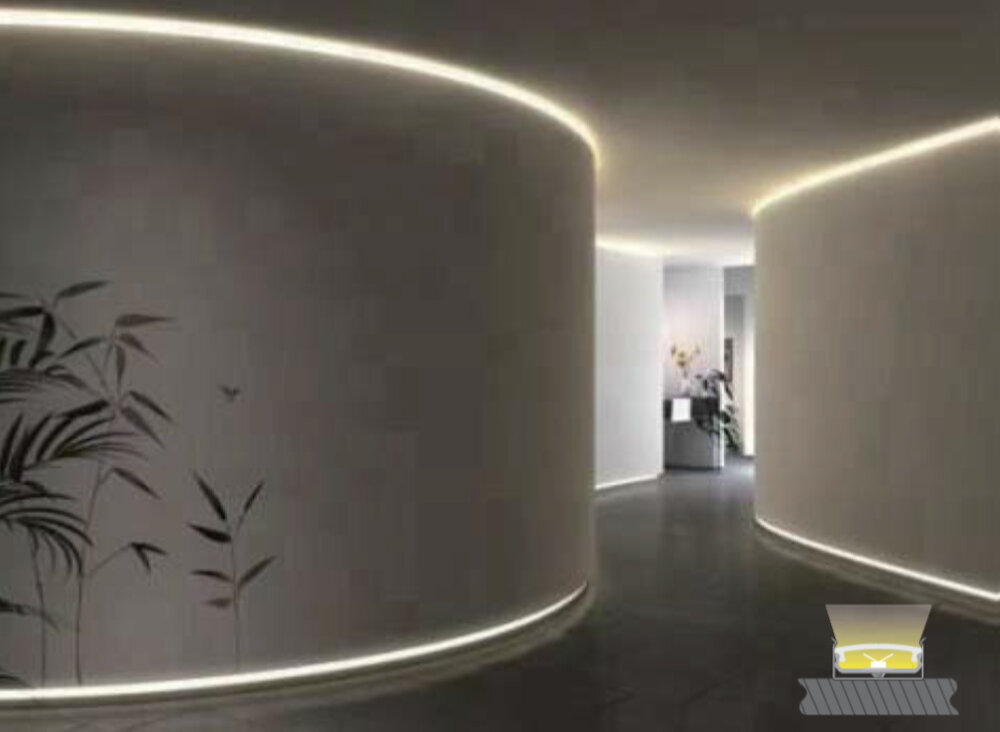
Light-emitting diode (LED) lights are a popular and energy-efficient lighting option for homes, businesses, and public spaces. They offer a wide range of benefits, including lower energy costs, longer lifespans, and reduced environmental impact. However, one of the most common questions people have when considering LED lights is how long they really last. While LED lights are known for their durability and long life, there are several factors that can affect their lifespan, such as the quality of the components, the operating conditions, and the way they are used. When it comes to LED light lifespan, there is no one-size-fits-all answer. The lifespan of an LED light can vary widely depending on several factors, including the brand, the quality of the components, and the conditions in which it is used. However, on average, LED lights have a much longer lifespan than traditional incandescent or fluorescent lights. While an incandescent bulb may last only around 1,000 hours and a fluorescent tube around 10,000 hours, an LED light can last anywhere from 25,000 to 50,000 hours or more. This means that LED lights can provide long-lasting and energy-efficient lighting solutions for a wide range of applications, from residential and commercial lighting to outdoor and industrial lighting.
Understanding LED Light Lifespan
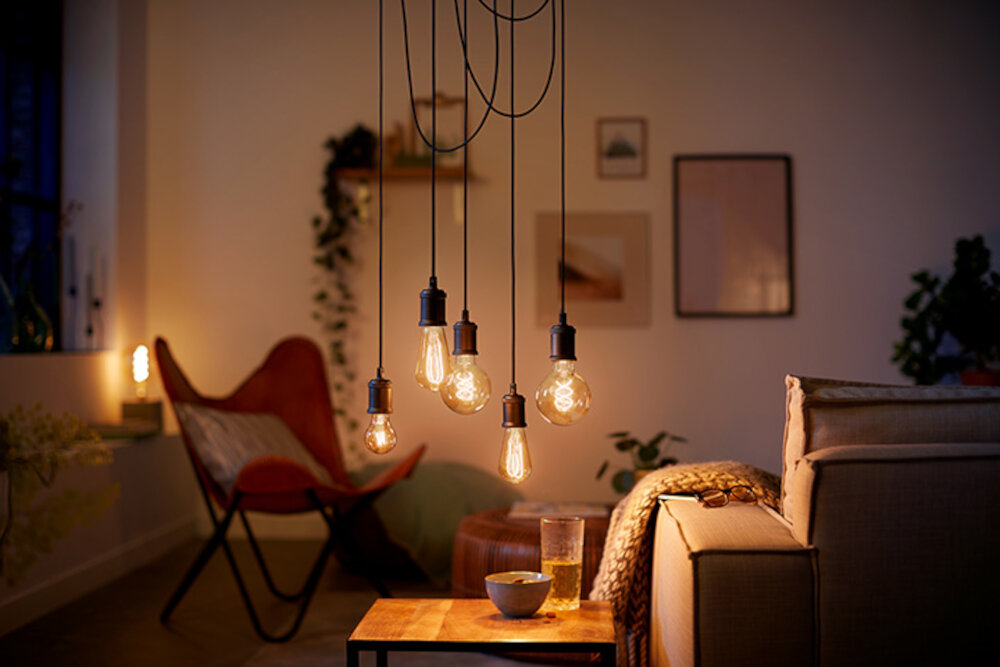
LED lights are a popular choice for lighting fixtures in homes, offices, and industrial settings. One of the main reasons for this is their long lifespan. LED lights can last up to 50,000 hours, which is significantly longer than traditional incandescent bulbs, which last only about 1,000 hours. This means that LED lights can save you money in the long run because you won’t have to replace them as often. Furthermore, LED lights are more energy-efficient than incandescent bulbs, which means that they use less electricity to produce the same amount of light. This can help you save money on your electricity bill and reduce your carbon footprint. The lifespan of an LED light depends on several factors, including the quality of the LED chip, the quality of the driver, the operating temperature, and the design of the fixture. High-quality LED chips and drivers will last longer than cheaper alternatives. The operating temperature is also important because LED lights generate heat, and if they get too hot, they can degrade faster. Finally, the design of the fixture can affect the lifespan of the LED light because it can impact how well the heat is dissipated. Overall, understanding the factors that affect the lifespan of LED lights can help you choose the right fixtures for your needs and ensure that your lights last as long as possible.
LED light lifespan refers to the duration of time for which a light emitting diode (LED) bulb can emit light before it begins to dim or fail completely. This lifespan is determined by the number of hours that the LED can burn before reaching 70% of its initial brightness. LED lights have a significantly longer lifespan than traditional incandescent bulbs, with some LED bulbs lasting up to 50,000 hours or more. The lifespan of an LED bulb can also be impacted by factors such as operating temperature, voltage fluctuations, and the quality of the components used in its construction. However, with proper installation and maintenance, LED lights can provide a reliable and long-lasting lighting solution for both residential and commercial applications.
LED lights are known for their long lifespan, but several factors can affect their durability. One of the most crucial factors is the quality of the LED chip itself. High-quality chips can last up to 100,000 hours or more, while cheaper ones may only last a few thousand. The temperature of the environment is also a significant factor. High temperatures can cause the LED to degrade more quickly, while low temperatures can affect the performance of the driver. Additionally, factors such as the quality of the driver, the amount of power the LED receives, and the frequency of use can all impact the lifespan of the LED. It’s essential to take these factors into account when choosing and using LED lights to ensure they last as long as possible.
When it comes to comparing LED light lifespan to traditional light bulbs, the differences are striking. LED lights have an incredibly long lifespan, with some models rated to last up to 50,000 hours or more. This is in stark contrast to traditional incandescent bulbs, which typically only last around 1,000 hours. In addition, LED lights are much more energy efficient, meaning they use less power to produce the same amount of light. This not only extends their lifespan but also saves on energy costs over time. LED lights are also more durable than traditional bulbs, as they are less prone to breaking or shattering if dropped or bumped. Overall, the lifespan and durability of LED lights make them a smart and cost-effective choice for anyone looking to upgrade their lighting.
Extending the Lifespan of LED Lights
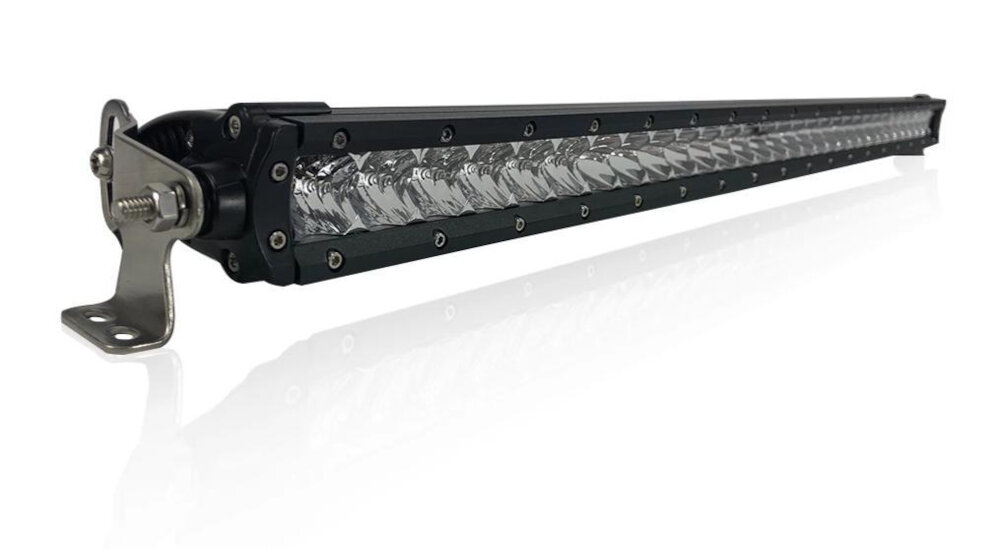
Extending the lifespan of LED lights is crucial to ensure that they deliver their optimal performance over an extended period. Although the average lifespan of LED lights is approximately 50,000 hours, it is possible to increase this by implementing several measures. One of the most effective ways to extend the lifespan of LED lights is to ensure that they are not exposed to high temperatures. Heat is the primary enemy of LED lights, and when they are exposed to high temperatures, their performance deteriorates, and their lifespan is shortened. To overcome this challenge, it is essential to install LED lights in areas with proper ventilation and air conditioning. Additionally, it is recommended to use LED lights with heat sinks, which help dissipate heat and keep them at optimal temperatures. Another way to extend the lifespan of LED lights is to ensure that they are installed correctly. Improper installation can lead to damage to the LED lights, which can shorten their lifespan. Therefore, it is crucial to follow the manufacturer’s instructions when installing LED lights. This includes ensuring that the lights are correctly wired, and the voltage is within the recommended range. Additionally, it is essential to use quality components, such as drivers and transformers, to ensure that the LED lights operate at optimal levels. A well-installed LED light will not only last longer but also deliver optimal performance, which will save on energy costs and reduce the need for frequent replacements. Overall, extending the lifespan of LED lights requires attention to detail, proper installation, and ensuring that they are not exposed to high temperatures, ultimately ensuring optimal performance and energy efficiency.
Proper installation and usage of LED lights are crucial factors that determine their lifespan. It is essential to follow the manufacturer’s instructions and recommendations during installation to avoid any damage to the light or the circuit. The LED lights must be used in the correct voltage range, and overvoltage or undervoltage must be avoided. Overheating is another significant factor that reduces LED light’s lifespan, so proper heat dissipation measures must be taken. Additionally, regular cleaning of the light fixture and avoiding exposure to moisture and dust can contribute to prolonging the LED light’s life. Overall, taking proper care of LED lights can ensure their optimal performance and longevity.
Maintenance and cleaning are crucial aspects to consider when it comes to extending the lifespan of LED lights. Dust and debris can accumulate on the surface of the light, which can lead to reduced brightness and even damage in the long run. Therefore, it’s essential to regularly clean the lights using a soft cloth or brush to remove any dirt or grime. Additionally, checking for any loose or damaged components and replacing them promptly can also help in extending the lifespan of LED lights. Overall, regular maintenance and cleaning are vital for ensuring the longevity and optimal performance of LED lights.
Upgrading to newer LED technology is a wise decision that can lead to significant cost savings and environmental benefits. As LED technology has advanced, the efficiency and lifespan of LED lights have improved, making them the ideal choice for homeowners and businesses alike. The latest LED bulbs are up to 80% more energy-efficient than traditional incandescent bulbs, and they can last up to 25 times longer. This means that you will save money on your electricity bills and reduce your carbon footprint by using less energy. Additionally, LED lights do not contain hazardous materials like mercury, making them a safer and cleaner alternative. By upgrading to newer LED technology, you can enjoy brighter, longer-lasting light while taking a step towards a more sustainable future.
Testing LED Light Lifespan
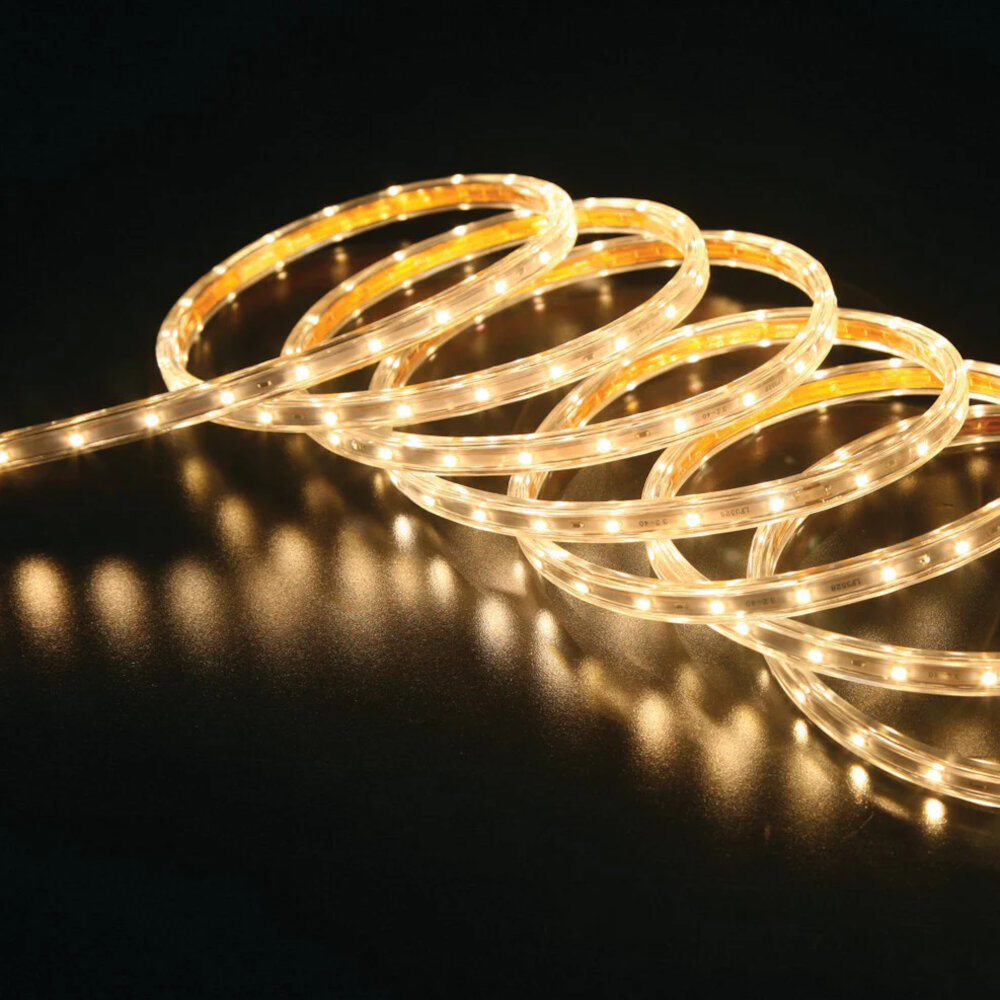
LED lights have become increasingly popular over the years due to their energy efficiency and long lifespan. However, like any other light source, they will eventually fail and need to be replaced. The lifespan of an LED light is determined by several factors, including the quality of the LED chip, the efficiency of the heat sink, and the operating temperature. To accurately test the lifespan of an LED light, several methods can be used. One common method is the LM-80 test, which measures the lumen maintenance of LED chips over time. The test involves placing the LED chip in a controlled environment, typically at an elevated temperature, and measuring the light output over a period of thousands of hours. This helps manufacturers determine the expected lifespan of their LED lights and allows them to make improvements to their products to increase their longevity. Additionally, other tests such as the TM-21 method can be used to predict the lifespan of an LED light based on accelerated testing. These tests can help ensure that LED lights meet industry standards and can provide reliable illumination for years to come.
Industry standards for LED light lifespan testing are critical to help ensure that consumers receive accurate information about the expected lifespan of their LED lights. These standards generally involve subjecting the LED lights to a series of tests under controlled conditions to determine how long they will last before failure. Some of the key factors that are typically considered in these tests include the operating temperature of the LED light, the amount of time it is left on, and the quality of the LED components themselves. By adhering to these standards, manufacturers can provide customers with reliable information about the expected lifespan of their LED lights and help ensure that they are getting the best possible value for their money.
LED light lifespan is an important factor that needs to be considered when choosing the most suitable lighting solution. To determine the longevity of an LED bulb, various testing methods are utilized. One of the most common methods is the L70 test, which measures the time it takes for an LED bulb to reach 70% of its initial brightness. Another method is the LM-80 test, which measures the lumen maintenance of an LED light over time. Additionally, the TM-21 test combines data from the L70 and LM-80 tests to predict the lifespan of the LED bulb. These testing methods ensure that LED lights meet the required standards and provide accurate information to consumers about their expected lifespan.
Interpreting LED light lifespan test results can provide valuable insights into the expected longevity of an LED light fixture. LED lights are known for their energy efficiency and long lifespans, making them a popular choice for both residential and commercial lighting needs. However, the lifespan of an LED light can vary depending on a variety of factors, such as the quality of the materials used, the operating temperature, and the amount of usage. When interpreting lifespan test results, it is important to consider these factors and to look for patterns that may indicate a potential problem or issue. By understanding how to interpret lifespan test results, consumers can make informed decisions when purchasing LED lights and ensure that they get the most out of their investment.
Replacing LED Lights

If you’re looking to replace your LED lights, there are a few things to keep in mind. First and foremost, it’s important to choose a replacement bulb that’s compatible with your current fixtures. This means checking the size, shape, and wattage of your existing bulbs and finding a replacement that matches those specifications. It’s also important to consider the color temperature of your new bulbs, as this can affect the mood and ambiance of your space. Warm white bulbs are typically more relaxing and cozy, while cool white bulbs are brighter and more energizing. Another important factor to consider when replacing LED lights is their lifespan. While LED bulbs are known for their durability and long life, they do eventually wear out and need to be replaced. The average lifespan of an LED bulb can vary depending on a number of factors, including the quality of the bulb, the amount of use it receives, and the conditions in which it’s used. However, most LED bulbs are designed to last between 25,000 and 50,000 hours, which equates to several years of use in most cases. When replacing your LED lights, be sure to choose bulbs that are rated for a similar lifespan to ensure that you get the most value for your investment.
LED lights are known for their long lifespan, but they do eventually need to be replaced. The lifespan of an LED light depends on several factors such as the quality of the materials used, the amount of usage, and the operating environment. Generally, LED lights can last up to 50,000 hours or more, but when they start to flicker, dim, or emit a different color temperature, it is a sign that it’s time for a replacement. Additionally, if the LED light is in a high-temperature environment or operates for extended periods, its lifespan may be shortened. Replacing LED lights is not only important for maintaining the quality of light but also for energy efficiency and cost savings in the long run.
When it comes to the proper disposal of LED lights, it is important to follow the guidelines set by your local waste management authority. LED lights contain hazardous materials such as lead and mercury, which can be harmful to the environment if not disposed of correctly. One option is to recycle your LED lights through a specialized recycling program that can safely extract and dispose of the hazardous materials. Some manufacturers also offer take-back programs or mail-in options for their products. It is important to never throw LED lights in the regular trash or in recycling bins meant for other materials. Proper disposal of LED lights helps protect the environment and ensures the longevity of these energy-efficient lighting options.
When it comes to choosing the right replacement LED lights, there are a few important factors to consider. Firstly, look for bulbs with a high lumens rating, which indicates the brightness of the light. Secondly, consider the color temperature of the bulb, as this can affect the mood and ambiance of a room. Another important consideration is the wattage equivalence, as LED bulbs use less energy than traditional incandescent bulbs. Additionally, look for LED bulbs with a high CRI (color rendering index) for more accurate color representation. Finally, check the lifespan of the bulb, as longer-lasting bulbs can save you money in the long run. By taking these factors into account, you can choose the right replacement LED lights for your needs and enjoy their energy-efficient, long-lasting benefits.
LED lights are known for their energy efficiency and long lifespan, but how long do they really last? The lifespan of an LED light depends on several factors, including the quality of the LED chips, the driver, and the heat dissipation system. On average, LED lights can last anywhere from 25,000 to 50,000 hours, which is significantly longer than traditional incandescent bulbs. However, to extend the lifespan of your LED lights, it’s essential to ensure proper installation and maintenance. This includes using the correct wattage, avoiding overheating, and keeping the lights clean and free of dust and debris. Additionally, investing in high-quality LED lights and dimmers can also help to prolong their lifespan. By taking these simple steps, you can enjoy the benefits of LED lighting for years to come.
Understanding the lifespan of LED lights is crucial because it affects the overall cost and efficiency of using LED lights. LED lights are known for their long-lasting performance, but the actual lifespan of LED lights can vary significantly depending on the quality of the product and usage conditions. A clear understanding of LED light lifespan helps individuals and businesses make informed decisions when purchasing LED lights, as well as planning maintenance and replacement schedules. Additionally, by understanding the lifespan of LED lights, it is possible to identify the factors that affect their lifespan and take measures to optimize their performance, such as minimizing heat exposure and using high-quality LED products. With this knowledge, individuals and businesses can maximize the benefits of using LED lights, including energy savings, reduced maintenance costs, and improved environmental sustainability.
In conclusion, understanding the lifespan of LED lights is crucial for anyone looking to make the most out of their lighting investment. While LED lights are known for their long life, it’s important to keep in mind that their lifespan can be affected by a variety of factors including quality, usage, and maintenance. To extend the life of your LED lights, it’s important to invest in high-quality bulbs, use them in appropriate settings, and keep them clean and well-maintained. By taking these steps, you can ensure that your LED lights provide optimal performance for years to come, saving you money and reducing your environmental impact.
Conclusion
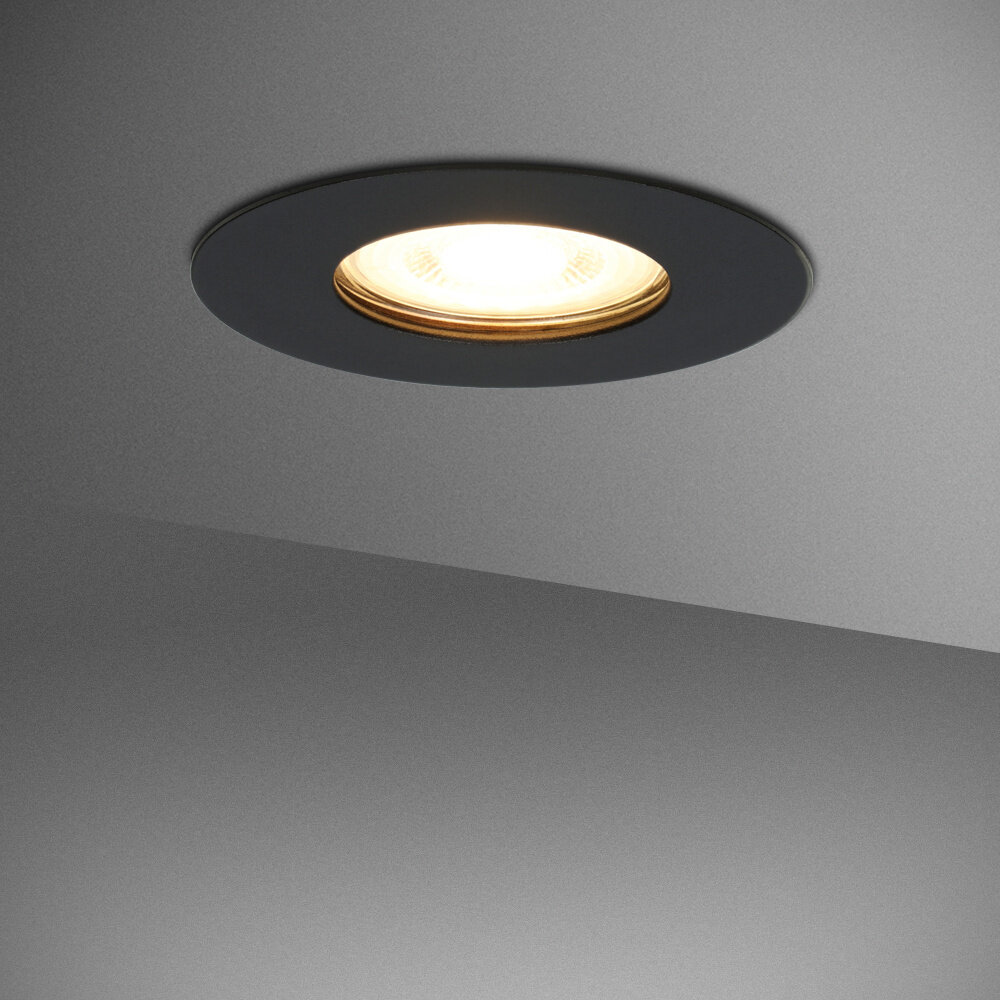
In conclusion, LED lights are a long-lasting and energy-efficient lighting solution. The lifespan of an LED light depends on various factors, such as the quality of the LED chip, the temperature, and the operating conditions. However, with proper care and maintenance, LED lights can last up to 50,000 hours or more. It is crucial to invest in high-quality LED lights to ensure longevity and maximize energy savings. Furthermore, LED technology is continuously improving, and we can expect even longer-lasting LED lights in the future, making them an increasingly popular choice for both residential and commercial lighting applications.




